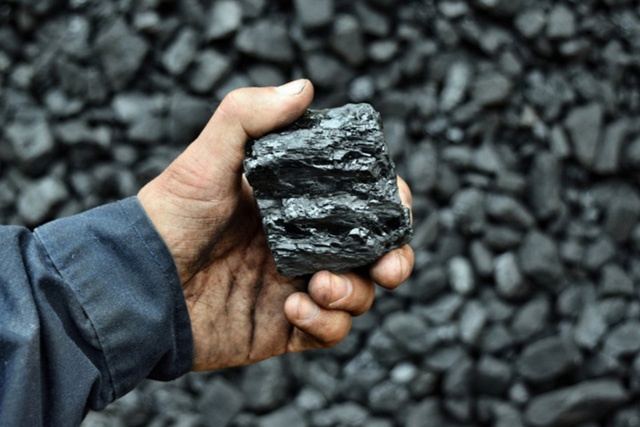NEW DELHI: The Narendra Modi government has put a Rs 43,000 crore bet on new technologies to decarbonise India’s vast reserves of Black Diamond as the world’s second-largest coal consumer continues to draw flak from climate activists and renewables chip away at demand from thermal power Stations.
In its latest initiative to find cleaner use for coal, state-run behemoth Coal India and its subsidiaries are in the process of setting up five projects to make methanol, or methyl alcohol, from coal using what is commonly known as CTL (coal-to-liquid) technology. Each of these projects is estimated to cost approximately Rs 6,000 crore.
While CTL is the latest technology being deployed, the bid to find cleaner use for coal was launched with a Rs 13,000-crore coal-to-gas, or coal gasification, project in Angul district of Odisha. The gas produced from coal will be used for making urea at the Talcher fertiliser plant in the district. Coal India executives said 3-4 more such projects have been identified.
“Coal India has already invited bids for the first project at Dankuni coal complex in West Bengal. PDIL (Projects & Development India Ltd) is conducting the pre-feasibility study for four others. We expect the reports to be ready by January-end,” a top coal ministry official told TOI.
Methanol is an excellent energy carrier, making it ideal for lacing motor fuels up to 15%, which improves combustion and contributes towards reducing the country’s coil imports. Methanol also has wide industrial applications and is the building block for a range of everyday products — from plastics to synthetic yarns for making textiles.
Bengal will have the second coal-to-methanol plant at Sonapur near Asansol. The others will be set up in Chattisgarh, Maharashtra and Jharkhand. Eastern Coalfields will supply coal for the Asansol project, South Eastern Coalfields the Chattisgarh plant and Central Coalfields the Jharkhand plant. These projects will consume almost 7.5 million tonne per annum of coal, the official said.
The projects will be implemented through the BOO (build, own, operate) model and the operator would fund, own and lease the plant as well as store the product. CIL and its subsidiaries will provide land, power and water.
Government think-tank Niti Ayog has been pushing for developing a methanol economy as one of the options to reduce India’s carbon footprint in line with the Paris climate commitment and dependence on oil imports. But for Coal India, finding cleaner use for coal may become imperative for survival as thermal power plants, the main consumers, lose ground to renewable projects. The share of renewables, including large hydel projects, in the country’s installed generation capacity has risen to 36.2% as of March 2020.



































